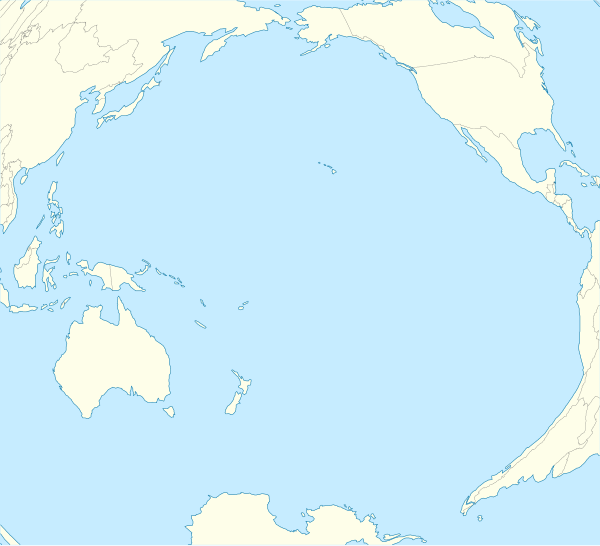Guano Islands Act
The Guano Islands Act was passed by the United States Congress on August 18, 1856. This still valid federal law states that an uninhabited and unclaimed island , on which there is a certain type of degradable bird droppings ( guano ), belongs to the national territory of the United States if it is discovered and taken possession of by a US citizen will. The discoverer himself and his legal successors obtain exclusive mining and sales rights to the guano deposits.
requirement is, that
- the island is uninhabited,
- does not belong to the territory of another nation and that
- the American citizen takes possession of the island in a peaceful manner.
“Whenever any citizen of the United States discovers a deposit of guano on any island, rock, or key, not within the lawful jurisdiction of any other government, and not occupied by the citizens of any other government, and takes peaceable possession thereof [... ] ”
In the early 19th century, guano ( Quechua term for bird droppings) gained great importance as a fertilizer in agriculture . Around 1840 the American whaler Benjamin Morrel traveled to the penguin islands off the coast of Southwest Africa , but despite his book History of a Journey to the Southern and Western Coasts of Africa and the wealth of guano described therein, he could not find any investors for mining the guano there , despite his book History of a Journey to the Southern and Western Coasts of Africa , which was published in 1844 . In 1855 American agriculture learned of large reserves of guano in the Pacific Ocean . Shortly thereafter, the Guano Islands Act was enacted. However, this law also served to enlarge the American sphere of influence.
More than fifty islands were added to American territory in this way under the collective name United States Minor Outlying Islands . Of these, Baker Island , Jarvis Island , Howland Island , the Kingman Assault , Johnston Atoll, and the Midway Islands are still under US control.
Navassa Island is now a wildlife sanctuary and has been managed by the United States Fish and Wildlife Service since 1999 . The international legal dispute with Haiti is still ongoing. In 1971 the conflict over the Swan Islands , which had been discovered by Christopher Columbus , was settled in favor of Honduras . Due to the Guano Island Act, some US citizens, but also France and Mexico, claim possession of the Clipperton Island .
literature
- Beatrice Orent, Pauline Reinsch: Sovereignty over Islands in the Pacific. In: American Journal of International Law . Vol. 35, No. 3, 1941, pp. 443-461, JSTOR 2192452 , (English).
Web links
- USC Title 48 Territories and Insular Possessions , United States Code Chapter 8, §§ 1411–1419 - Guano Islands (English)
- Bella Hinke: Guano Islands Act Insel-Lexikon.de, accessed on August 11, 2019 (German)
- Martin Rath: Guano Law of 1856: What a bummer ... LTO , August 16, 2015
Individual evidence
- ↑ Navassa Island US Department of the Interior, website accessed August 11, 2019.
- ↑ Michaelle Pierre: Haiti's claim over Navassa Island: a case study World Maritime University Dissertations 2014 (English).
- ↑ Tom Henderson Wells: The Swan Islands Dispute. In: Journal of Inter-American Studies. Vol. 6, No. 1, 1964, pp. 57-68, JSTOR 164929 , (English).
- ↑ Jon M. Van Dyke: The Status of Clipperton Atoll Under International Law, and the Right to Fish in Its Surrounding Waters May 15, 2006 (English).
